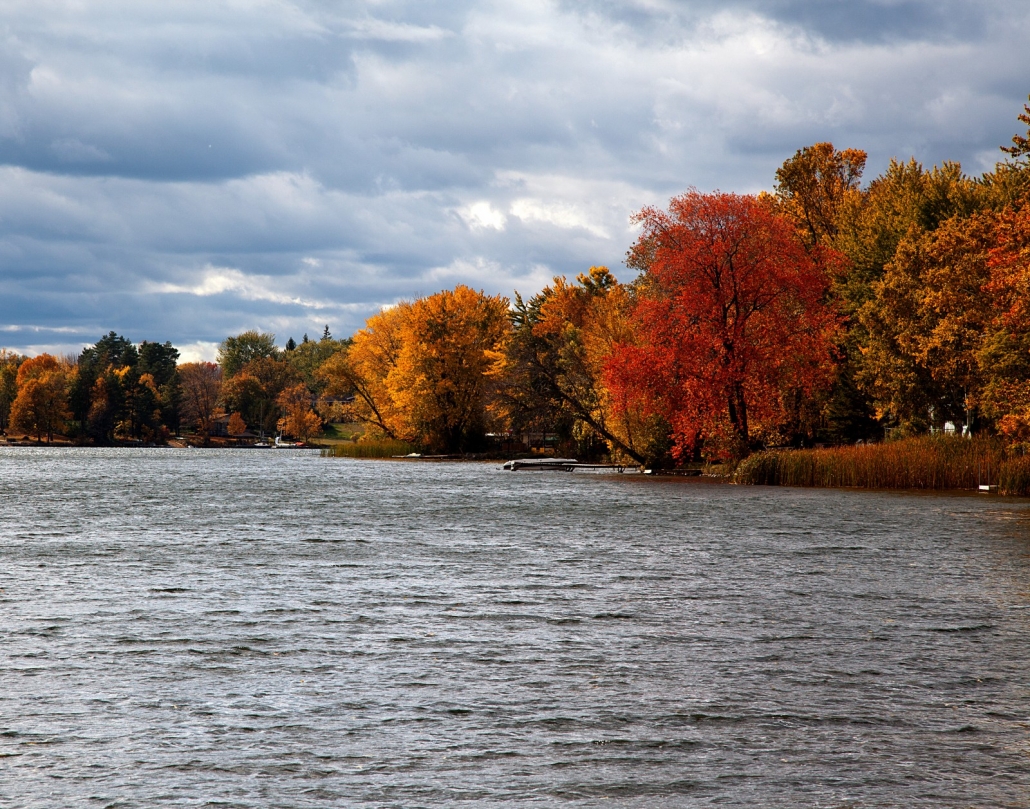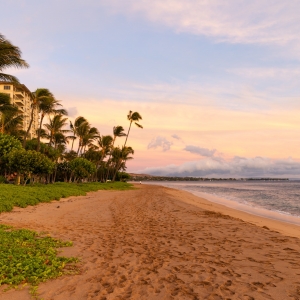Nearly half of water systems in the country’s Indigenous communities are considered to have substantial deficiencies.

Curve Lake, where First Nations communities don’t have access to clean water despite being surrounded by freshwater on three sides. Photo © ^Missi^ / Wikimedia Commons
- A new report found that more spending is needed to address the ongoing water crisis in Canada’s Indigenous First Nations.
- Nearly half of First Nations water systems have substantial deficiencies, a quarter of which are considered to be “high risk.”
- These figures have barely budged since 2014, despite billions in federal investment.
By Laura Gersony, Circle of Blue — December 13, 2021
Canada will need to spend significantly more to solve the decades-long water crisis in its Indigenous First Nations, according to a new report from the country’s federal budget officer.
The report, published last week, found that the government has allocated more than enough funding to build the necessary water infrastructure. But an additional $138 million is needed annually to allow First Nations to maintain and operate those systems. This would mark a 50 percent increase from planned spending.
Without this investment, the report warns, “water-related infrastructure may continue to deteriorate at a faster-than-expected rate, and overall costs may continue to increase as the infrastructure ages.”
The ongoing crisis is generations in the making. Many of the country’s Indigenous communities haven’t had clean tap water for decades, often having been forcibly relocated from their ancestral lands. Nearly half of First Nations’ water systems have substantial deficiencies, a quarter of which are considered to be “high risk.” According to the latest report, these figures have barely budged since 2014, despite billions in federal investment.
The findings come in the aftermath of a critical missed deadline by the federal government. When campaigning for prime minister in 2015, Justin Trudeau pledged to eliminate all long-term boil-water advisories by March 31 of this year. Though Trudeau won the top job, his government failed to fulfill the promise, claiming that the pandemic, among other factors, hamstrung its response. Subsequent reports found that much of the work was already facing delays prior to the pandemic.
As of mid-October, 43 Indigenous communities still faced long-term boil-water advisories. Since the March 31 deadline, the Canadian government has pledged nearly $1.5 billion to address the issue, promising over $100 million annually thereafter.
The minister overseeing the project said in April that he has “no credible excuse” for the vast disparity in access to fresh drinking water.
“It’s unacceptable in a country that is financially one of the most wealthy in the world, and water rich, and the reality is that many communities don’t have access to clean water,” the Indigenous services minister, Marc Miller, told the Guardian earlier this year.
According to federal officials, the Canadian government does not keep data on the incidence of deaths or illnesses due to waterborne diseases. A 2004 U.N. report found that the incidence of waterborne illnesses is several times higher in First Nations communities than in Canada’s general population, “in part because of the inadequate or non-existent water treatment systems.”
Indigenous leaders have long spoken out about the issue, calling it the result of chronic underfunding and the lack of binding water quality regulations on reserves. RoseAnne Archibald, the Assembly of First Nations Ontario Regional Chief, said that the crisis amounts to systemic racism, and reflects the failures of Canada’s national leaders going back decades.
“This is not just a Justin Trudeau problem,” Archibald told CBC News. “This is a Brian Mulroney problem. This is a Jean Chretien problem. This is a problem of Stephen Harper. Government after government has failed First Nations.”
Laura Gersony covers water policy, infrastructure, and energy for Circle of Blue. She also writes FRESH, Circle of Blue’s biweekly digest of Great Lakes policy news, and HotSpots H2O, a monthly column about the regions and populations most at-risk for water-related hazards and conflict. She is an Environmental Studies and Political Science major at the University of Chicago and an avid Lake Michigan swimmer.





